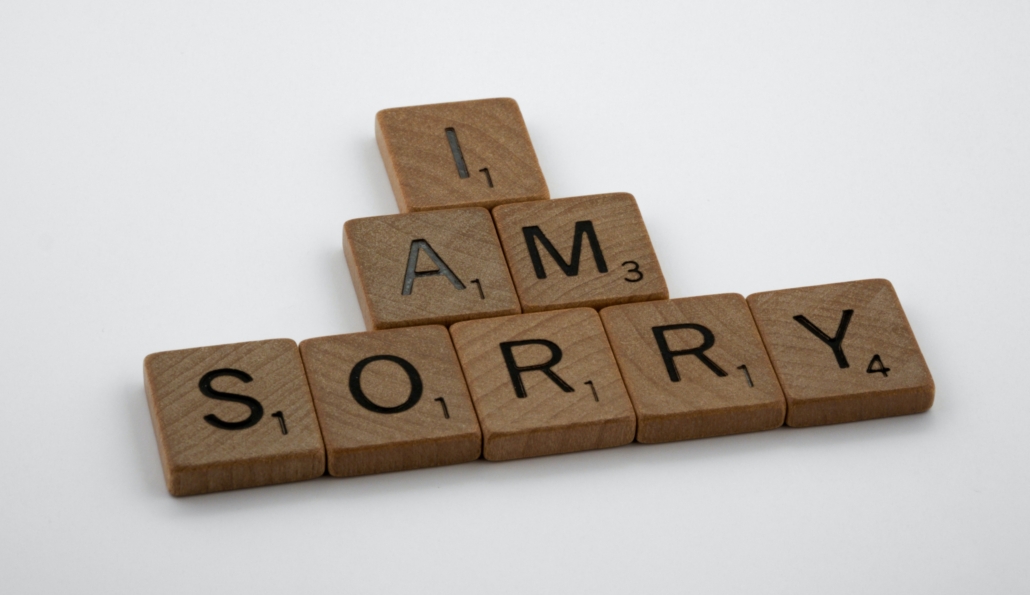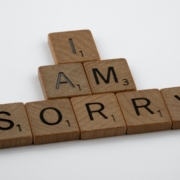Art of the Authentic Apology

There’s an art to a good apology; the overriding requirement is that it must be truly authentic. Brett Jordan, Unsplash
It’s apparently apology season. In the last several months, there have been some high-profile apologies, some better than others.
Actors, politicians, athletes, TikTokers and even Weight Watchers have been getting into the apology action lately. The New York Times recently wrote about “Celebrity Apology Video Aesthetic,” noting that rumpled clothes, no make-up and everyday backgrounds are preferred by actors making amends.
I’m more concerned about the words and how they’re delivered. There’s an art to a good apology; the overriding requirement is that it must be truly authentic. Anything less, it comes off as disingenuous. Audiences will see right through it.
While there’s no promise your apology will guarantee forgiveness, we offer some key elements that should be include when making a mea-culpa:
- Give a brief account of situation – say what you did
- Acknowledge of hurt or damage
- Take ownership
- Recognize your role
- Issue statement of regret – insert “I am sorry” here
- Ask for forgiveness
- Make a promise to be better next time
- Make amends
When someone has been wronged, they expect an apology. But a study published in the Journal of Experimental Social Psychology explains how the increase in public apologies might be diminishing the effectiveness and promotion of forgiveness in them. That’s the dilemma: people want an apology but are less willing to accept it.
Still, our suggestion is always to do the right thing. We recommend to our clients who have made mistakes that an apology starts the process for rebuilding trust. We believe it’s simply the right thing to do. And for that, we won’t apologize.
#tiktok #weightwatchers #crisiscommunications #issuesmanagement #PR


